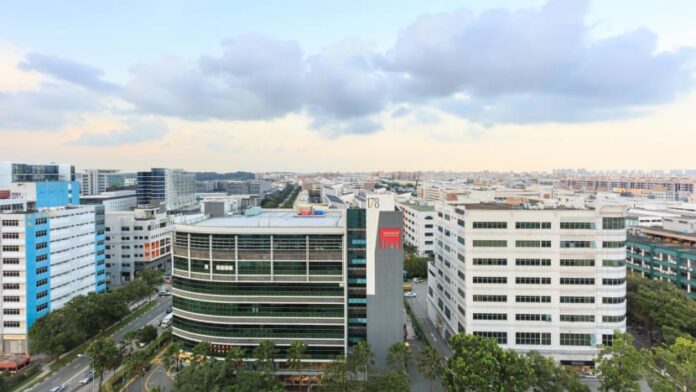SINGAPORE: Singapore factory activity expanded for the 21st consecutive month in March, but at a slower pace than the previous month.
According to data released by the Singapore Institute of Purchasing and Materials Management (SIPMM) on Monday (April 4), the Purchasing Managers’ Index (PMI) fell to 50.1 from 50.2.
A PMI reading above 50 indicates an overall expansion in the manufacturing economy, while a number below that threshold points to a contraction.
The latest data was attributed to a slower expansion in the new orders index and factory output index, as well as a faster contraction in the inventory index.
However, the institute said the index of new exports and employment expanded at a faster pace.
Imports, input prices and order backlog indices also expanded at a faster pace. But the supplier delivery index showed a slower pace of expansion.
“Amid rising cost pressures, the input price index recorded its highest reading of 51.9 since October 2013, when it stood at 53.0,” SIPMM said.
Sophia Poh, vice president of industry engagement and development at SIPMM, said the overall manufacturing sector ended the first quarter with slower growth amid a slowdown in the electronics industry.
“The ongoing conflict in Russia and Ukraine has clouded the outlook for manufacturing, with heightened concerns about rising energy costs and supply disruptions, as well as rising inflationary pressures,” she said.
Singapore’s manufacturing output jumps 17.6% in February, hits 8-month high
In March, the electronics industry PMI fell 0.1 percentage points from the previous month, and the growth rate slowed to 50.4, marking the 20th consecutive month of expansion for the industry.
“The latest industry data is attributed to the first contraction in the factory output index and a faster contraction in the inventory index,” SIPMM said.
However, it added that the index of new orders, new exports and employment expanded at a faster pace.
Imports, input prices and order backlog indices also recorded faster expansion rates.
“The supplier deliveries index has returned to contraction and the finished goods index has contracted at a faster pace,” SIPMM said.






